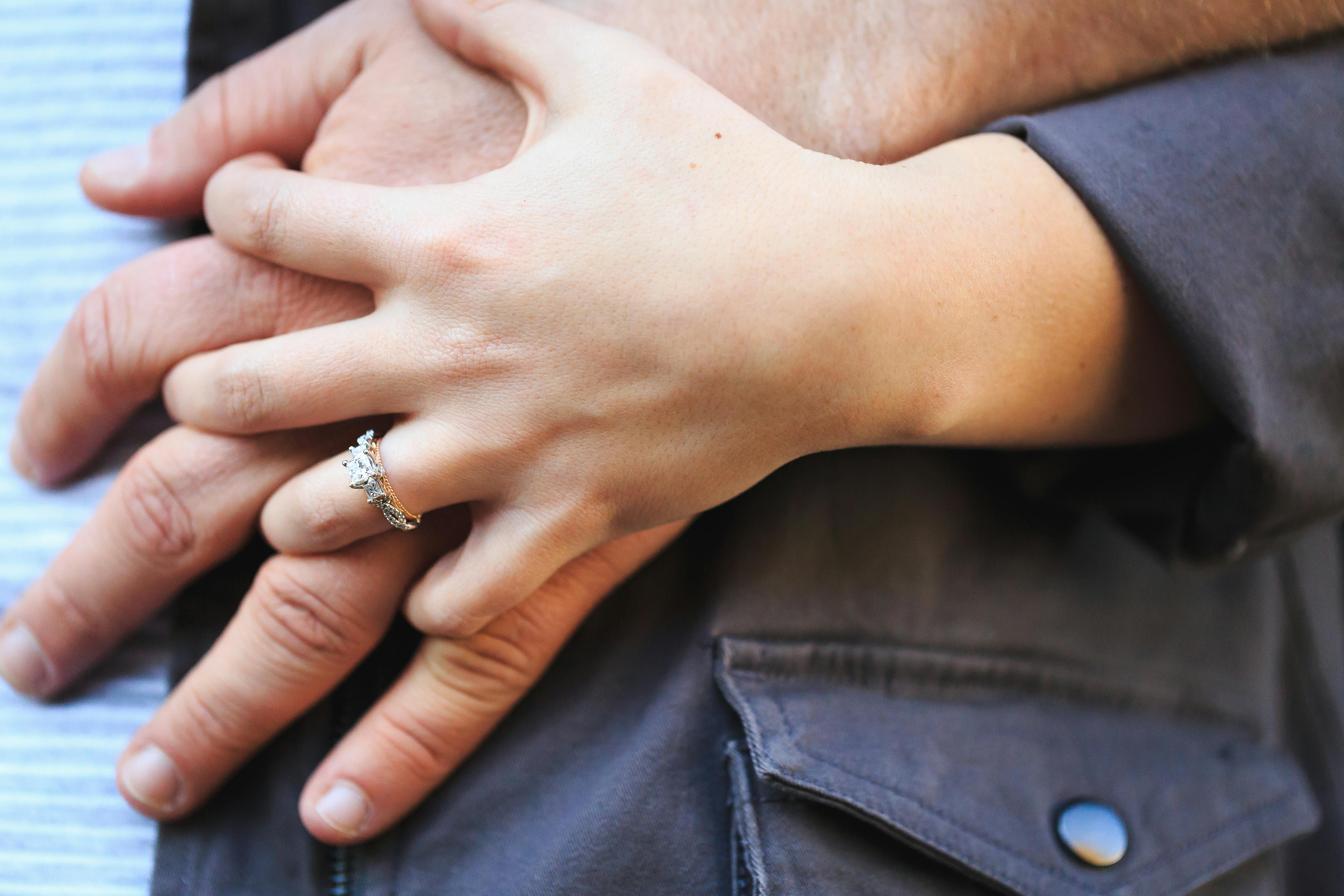Termites have a very useful role in our environment, but when they invade and attack your home, they can become a hated enemy, a source of anguish and anxiety. Every problem has a solution, and there’s no need for any job to turn into a nightmare. However, there are certain practices in the pest control industry that should be adopted for all inspections and treatments, and some “iffy” operators that should be avoided like the plague.
In Australia, one house in three will at some point be affected by termites, which is more frequent than fire, storm and flood damage combined. This article will examine how to prevent termite attack, methods of inspection, protection, control, and treatment.
termite control
Controlling termite pests involves identifying the species, locating the nest, and choosing the best eradication methods. To prevent further problems, a combination of regular and competent building inspections in termite-prone areas, the use of naturally resistant or treated woods in buildings, and the installation of chemical and physical soil barriers around buildings is necessary.
Nearby homes can often have termite nests near trees, stumps, and underground, but these may not contain pest species. When they do, the main focus of the termite control technician should be to locate and treat these areas before implementing any protection. Too often, the technician will “advise” the concerned homeowner that termites can be “anywhere within 100 meters” of the property and it is impossible to determine exactly where they may be coming from.
In my opinion, if you don’t even try to find out the source of the problem, your chances of controlling the problem are drastically reduced. Even if the house is surrounded by dense brush, I think it’s definitely worth the time and expense to test drill and treat ALL trees and stumps surrounding the property within a 50-100 meter radius, because that’s where most infestations originate. If that means drilling down 40-60 trees or investigating all the surrounding houses, isn’t that much better than ignoring a potential source of infestation?
Most pest control companies will not go this extra mile and try to convince the customer that their bait technique or soil barrier system is designed to protect their home in all circumstances. DO NOT BELIEVE THEM! Better investigations and inspections lead to better protection and treatments against termites. It is common sense to do everything possible to find out the source of the attack.
Pest Species Termite Inspection
Termite identification in Sydney Australia is highly specialized and pest controllers must thoroughly inspect all areas of the property before initiating any protection or treatment. This can be done with the following equipment:
flashlight with bright light
This is essential and krypton bulbs give the best light for torches generally available today. LED flashlights, headlamps, and lanterns are the next generation inspection tools and should be used when they come on the market.
A termite sounding donger
A fiberglass rod with a small plastic ball at the end. It is designed to run along baseboards, taller laid wood, and other exposed wood. When encountering termite-infested wood, the hue changes, indicating hollowed-out wood.
a moisture meter
It is designed to collect high moisture content in walls and wood. Termites bring moisture from the ground onto the walls and beams.
A microwave tracking device from Termatrac Termatrac is an innovative advance in termite detection in building inspection, invented and developed in Australia using radar-like technology. Termatrac is the exciting answer for detecting termites through wood, sheetrock, brick or masonry without interference with the building material or termite activity. No drilling, tapping or tapping, Termatrac is the answer to termite detection without termite dropout! With Termatrac, the pest professional enjoys the advantage of accurate detection and peace of mind for the client.
Box and tape cutter
If termite infested wood is found, we can cut it with a “Stanley” knife and expose the interior of the wood, identifying the termite species and then sealing it with tape so as not to disturb the termites.
listening device
He hears termite sounds inside the walls. However, if you hit the wall with your hand and put your ear close to the wall, you can hear soldier termites communicate by hitting the rafters with their mandibles.
home inspection
A home inspection for termites is known in Sydney Australia as a building inspection and includes a pest report and a building report. It involves a thorough visual inspection of the subgrade, interior and exterior ceiling void, and other areas of the property. An average house takes one to two hours to complete. The cost ranges from $160 to $360 depending on the size of the house and access. This includes GST tax
The report consists of several pages that outline areas of concern and what to do to correct the problems. Digital photos are available upon request. Remember that a termite inspection report is designed to detect termites at an early stage to reduce the amount of damage to your home. It does not stop termites. It is strongly recommended that a termite inspection report be done at least once every twelve months and every three to six months for high risk areas.
Note: There is no home insurance that covers damage caused by termites.
Termite Report Essentially, a termite building inspection report is designed to:
1. Detect old damage and active termites.
2. Gives you the infestation risk element.
3. Gives you tips to reduce the chances of termite infestation.
4. Provides us with enough information to accurately quote you for termite treatment and use the most appropriate method.
5. Identify termite species and (most importantly)
6. Learn about termites.
Economically important termite pests
Of the 258 described termite species in Australia, only a few wood-damaging species are of concern to us. The five families that include the most common pest species in Australia are:
1. Mastotermitidae (1 pest species: giant termites, Mastrotermes darwinensis)
2. Kalotermitidae (several species of ‘drywood termite’ pests, including the introduced Cryptotermes brevis)
3. Termopsidae (1 pest species: damp wood termite, Porotermes adamsoni)
4. Rhinotermitidae (7 pest species, including Coptotermes acinaciformes)
5. Termitidae (5 pest species including Nasutitermes walkeri)
The giant termite (Mastotermes darwinensis) has the greatest potential for destruction. However, it is limited to the tropical areas of northern Australia. It attacks any wood in contact with the ground, including shrubs and trees, as well as paper, leather, clothing, and other materials. It is a primitive, large-bodied species that usually forms small colonies and does not have a true worker caste.
West Indian drywood termite
The introduced West Indian drywood termite (Cryptotermes brevis) is considered the world’s worst termite pest, as it can eat even very small wooden objects with little outward sign of damage, can quickly replace native termite species, can survive in fairly dry conditions, and is easily transported. If found, it should be reported to the appropriate government authority. It has been found in Brisbane and Sydney, as well as other areas on a number of occasions.
most destructive species
However, the most destructive species overall in Australia is Coptotermes acinaciformes. It is distributed throughout the continent, using tree stumps, live trees, spaces under buildings, and even walls as nesting sites. From the nest site, any wooden structure within a 100 meter radius can be attacked through underground tunnels. Although they generally need contact with the ground, some nests of this species of termites have even been found several stories high in city buildings or on ferries.
A common species that nests in Sydney’s coastal scrub is Nasutitermes walkeri. It forms distinctive round, ball-shaped nests that are especially abundant in the years after large wildfires (as it nests mainly in stressed trees). It can also damage fences, posts, and wood on the ground, but it rarely attacks buildings. This species has the largest soldiers (up to 6 mm long) of the genus Nasutitermes, with the characteristic nasuta head.
high risk suburbs
Termite control in Sydney, Australia is particularly important in these high-risk suburbs:
castle hill
winston hills
Dural Baulkham Hills
French Wahronga
epping manly forest
carlingford leichhardt
We service all of these areas, as well as the Australian capitals Brisbane, Gold Coast, Melbourne, Canberra, Adelaide, Perth, Hobart and Darwin.
Remember, if you follow all of the advice in this article, selecting a qualified termite expert who knows and implements proper termite inspections, protection, and treatments will help prevent a troublesome job from turning into a nightmare.


